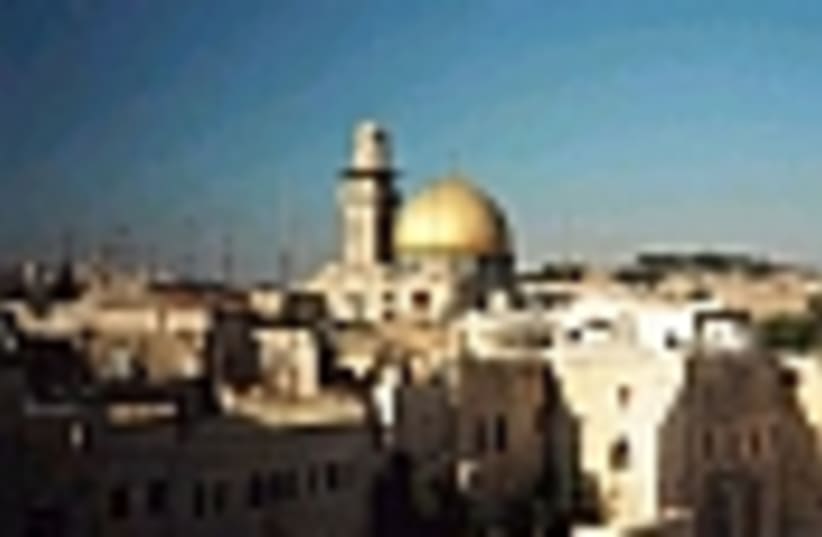| More about: | Franz Joseph I of Austria, German language, Israel, United States |
A history remembered
The Austrian hospice in the Old City opens a new exhibition about Displaced Persons.


| More about: | Franz Joseph I of Austria, German language, Israel, United States |